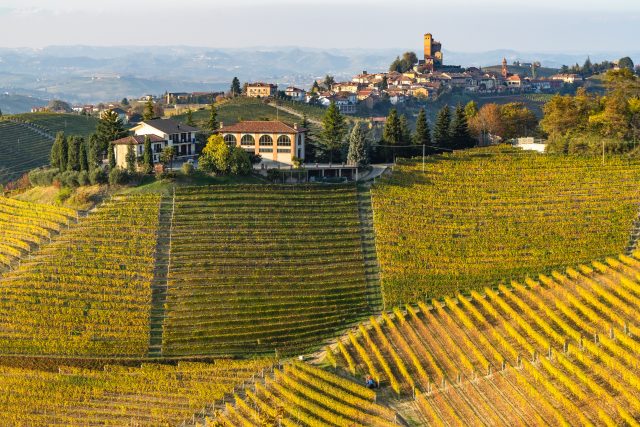Liv-ex Classification cements ongoing trends in the secondary market
The secondary market for fine wine has become increasingly complex and diverse over the past five years – a phenomenon that is confirmed by The Liv-ex Classification 2021, the exchange’s biennial ranking of fine wines based on trade prices.

Run a finger down the list of 349 labels in this year’s rankings – split into five tiers, like the 1855 Bordeaux classification that inspired it – and the cosmopolitan nature of the chart is immediately apparent: Piedmont, California, Australia, Tuscany, Spain, Portugal, Germany…
Even the classification itself has had to evolve in line with market trends. The first four lists (2009-15) only covered Bordeaux – even Burgundy didn’t make the cut – before other regions and countries were included for the first time in 2017. Now eight countries are represented (it was nine in 2019, but no Argentinian wines made the list this year).
“This Liv-ex Classification cements many ongoing trends in the secondary market, and these trends can be seen across almost every tier,” Liv-ex said in its report on the Classification. “These trends have included Bordeaux’s declining share of trade, the diversification of the market (with Italy, Champagne, California and the Rhône seeing increased activity) and the broadening of the market even within leading categories such as Bordeaux and Burgundy as buyers seek value.”
While the Classification’s first tier is dominated by the usual suspects – the most sought-after fine wines of Bordeaux, Burgundy and beyond – the headline trends for the rankings as a whole revolve around two countries in particular: 83 Italian wines made the list in 2021, up 112% on 2019; and 22 wines from the US (or, more accurately, California) were included, compared to only 10 two years ago.
Italy’s star performer is Piedmont, with four of the region’s wines being elevated from second to first tier this year, meaning that there are eight Piedmontese wines in the top echelon, compared to only three from Tuscany.
In 2019, Bruno Giacosa’s Barolo Falletto Vigna Le Rocche Riserva was the region’s only first-tier representative – meaning that three wines in the top rank are entirely new entrants to the Classification. “There may be more Tuscan labels in the Classification as a whole, but these northern Italian wines are starting to deliver on their nickname of the ‘Burgundy of Italy’,” Liv-ex said.
Partner Content
Meanwhile, California’s expansion sees the state supply 10 first-tier wines, level with Bordeaux and up from six in 2019. New entries include Colgin’s Cariad (joining IX Estate), Eisele Vineyard, Hundred Acre Kayli Morgan Vineyard, Promontory and Screaming Eagle’s second wine, The Flight.
“As more wines from diverse regions trade on the exchange, established regions like Bordeaux and Burgundy are experiencing growing competition,” said Liv-ex. “This trend is reflected in the rankings as many wines that previously ranked in the top tiers have fallen due to their average trade prices struggling to keep up with other wines from up-and-coming regions.”
So, just because a wine has dropped down the Classification rankings, that doesn’t mean its value has fallen: bear in mind that the Liv-ex 1000 index, for instance, has risen by 6.3% since the last list was published.
Nonetheless, the resulting broadening of representation on the list is impossible to ignore. Bordeaux wines accounted for more than 37% of the Classification in 2019, but this figure fell to 28.6% in 2021; for Burgundy, the respective figures are 29% and 20%. That means that the number of wines from Burgundy making the list was 71 this year, compared to 102 in 2019. Furthermore, of the 120 new entrants to the Classification in 2021 (34% of the total of 349 wines), only 30% came from Bordeaux or Burgundy.
However, Liv-ex is keen to stress that this does not mean that collectors and investors are turning their backs on France’s two premier fine wine regions. “Interest in these regions has not disappeared,” Liv-ex said. “Instead, it filtered out and down to other grands and premiers crus offering more immediate value. The scale of the broadening Burgundy market … showed an increasing number of wines trading over the past three years.
“As the Classification shows, buyers are casting their net wider in general and deeper within categories in the search for greater value. And, whether from £300 to £3,000-plus per case, they are finding it.”
Related news
Castel Group leadership coup escalates
For the twelfth day of Christmas...
Zuccardi Valle de Uco: textured, unique and revolutionary wines




